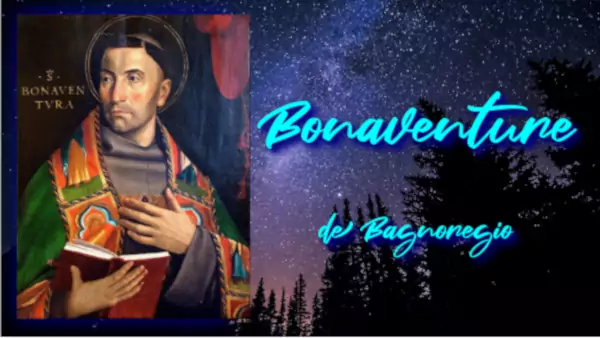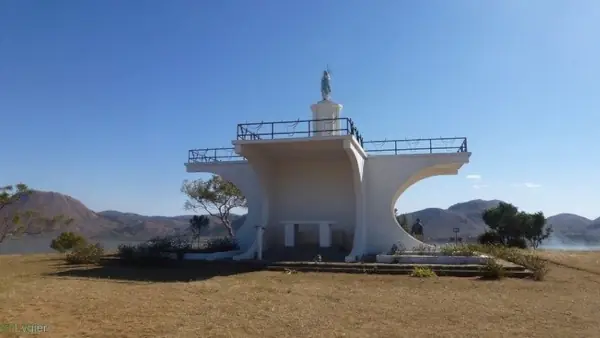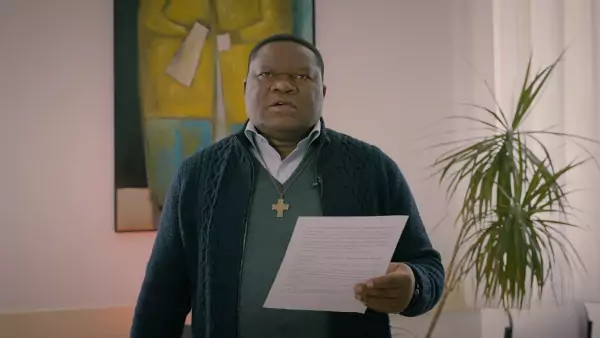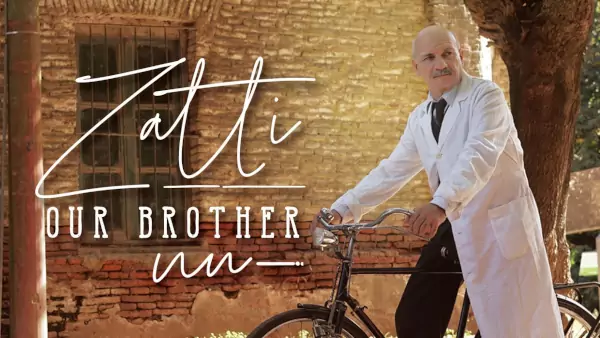15 July - He was born to Giovanni da Fidanza and Maria Ritella. Baptised Giovanni at birth, he later takes the name "Bonaventure". According to a 15th century tradition, the young Giovanni, who was seriously ill, was brought to Francis of Assisi, who cried out when he saw him: "O buona ventura!". ("What luck!").
His father, a doctor, sent him to study arts at the Sorbonne in 1236. He joined the Order of Friars Minor in 1243. He began the study of theology under the guidance of Alexandre de Hales, a great theologian who became a Franciscan, and then of Eudes Rigaud. In 1248 Bonaventure obtained his licentiate, which authorized him to teach at the University. Bonaventure received his doctorate in 1257, at the same time as Thomas Aquinas.
That same year, despite his young age, Bonaventure was elected Minister General of his order, succeeding Jean de Parme. In 1265, Clement IV appointed him Archbishop of York, but he refused this promotion and above all intended to remain in Paris to defend the mendicant orders. The following year, the General Chapter of Paris ordered the destruction of all the Lives of Francis of Assisi, with the exception of the one written by Bonaventure.
In 1271, Bonaventure intervened in the conclave held in Viterbo after the death of Clement IV. On his advice, the cardinals elected Tebaldo Visconti, who took the name of Gregory X. In 1273, Bonaventure was consecrated Cardinal-Bishop of Albano by the new pope. The following year, Bonaventure left the head of the Franciscans. He was replaced at this office by Jerome d'Ascoli, the future Nicholas IV. He was then entrusted by Gregory X to prepare the Second Council of Lyon, which opened on May 7, 1274.
During the Council, Bonaventure spoke twice before the Conciliar Fathers, once to welcome the Byzantine delegation and to recommend the reunion of the churches. He died on July 13, during the session. He is buried in the Franciscan church of Lyon, today called the church of St. Bonaventure. His funeral oration was delivered by his friend, the Dominican Pierre de Tarantaise, the future Innocent V, on the theme "She fell the column of the Church".
When, in 1434, his remains were transferred to a new church dedicated to Francis of Assisi, the tomb was opened. His head would then have been found in a perfect state of preservation, which greatly favoured the cause of his canonization. On April 14, 1482, Sixtus IV, the Franciscan Pope, enrolled him among the saints. Bonaventure was proclaimed Doctor of the Church in 1587 by the Franciscan pope Sixtus V.
Bonaventure was a Franciscan theologian, who attempted to theologically and conceptually restore the intuition of his master St. Francis of Assisi, founder of his order. Thus, his thought is all tended towards the mystical union of peace and love with God. He was deeply influenced by St. Augustine, and to a lesser extent by Boethius.








